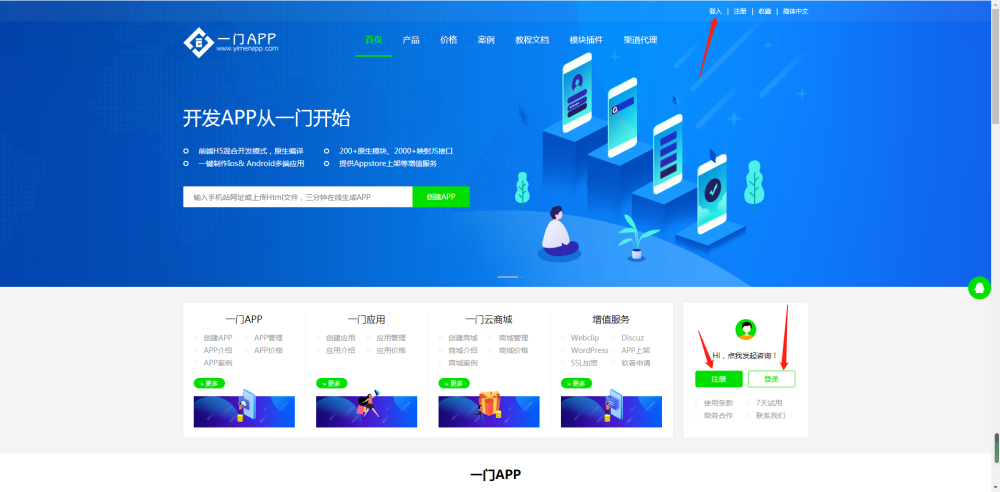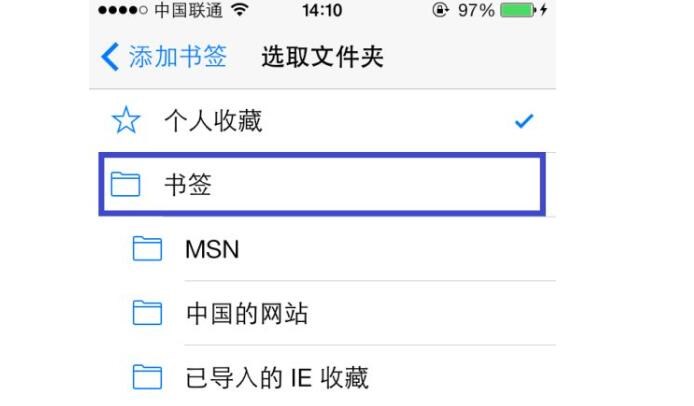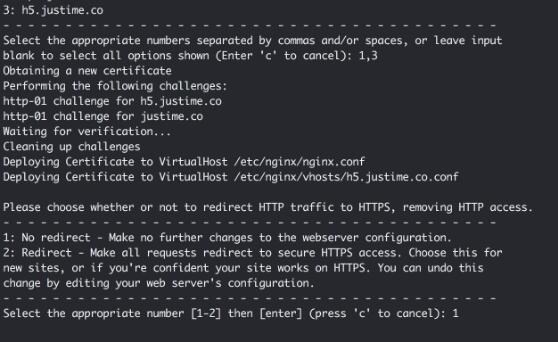在Qt开发安卓应用时,可以使用Android系统提供的Service类实现后台运行。Service是Android提供的一种运行于后台的组件,在没有UI界面的情况下执行某些操作,如播放音乐、刷新新闻、长时间下载等任务。
在Qt项目中,可以通过Java Native Interface(JNI)来调用Android平台的Service类。具体步骤如下:
1. 创建Java类继承自android.app.Service类
在Qt项目的Java源码目录中新建一个服务类,继承自android.app.Service类,并重写onCreate(), onStartCommand(), onDestroy()等方法。
“`java
package com.example.myapp;
import android.app.Service;
import android.content.Intent;
import android.os.IBinder;
import android.util.Log;
public class MyService extends Service {
private final String TAG = “MyService”;
@Override
public void onCreate() {
super.onCreate();
Log.d(TAG, “onCreate”);
}
@Override
public int onS

tartCommand(Intent intent, int flags, int startId) {
Log.d(TAG, “onStartCommand”);
return super.onStartCommand(intent, flags, startId);
}
@Override
public void onDestroy() {
super.onDestroy();
Log.d(TAG, “onDestroy”);
}
@Override
public IBinder onBind(Intent i安卓app制作ntent) {
return null;
}
}
“`
2. 在Qt项目中调用Java类
在Qt项目中,调用Java类需要使用QAndroidJniObject类和QAndroidJniEnvironment类。QAndroidJniObject类用于创建Java对象,QAndroidJniEnvironment类用于获取JVM环境和执行Java方法。
“`cpp
#include
void MyTask::startInBackground() {
QAndroidJniObject serviceClass = QAndroidJniObject::fromString(“com.example.myapp.MyService”);
QAndroidJniObject startService = QtAndroid::androidActivity().callObjectMethod(
“startService”, // Java方法名
“(Landroid/content/Intent;)Landroid/content/ComponentName;”, // Java方法签名
QtAndroid::androidContext().callObjectMethod(
“getApplicationContext”, // Java方法名
“()Landroid/content/Context;” // Java方法签名
).object()
);
if (startService.isValid()) {
qDebug()
} else {
qDebug()
}
}
“`
在上述代码中,createJavaServiceObject()函数用于创建Java类实例;getApplicatio安卓app开发工具nContext()函数用于获取Activity对象。
3. 在Manifest.xml中声明Service类
最后,在Qt项目的AndroidManifest.xml文件中声明Service组件。
“`xml
android:name=”.MyService”
android:enabled=”true”
android:exported=”false”>
“`
以上就是在Qt开发安卓应用时实现后台运行的一般流程。需要注意的是,安卓系统对于后台服务的管理比较严格,不当的使用可能会受到系统的限制。同时,需要在开发应用时考虑用户的使用体验,不要过多占用系统资源,影响用户的使用感受。


















